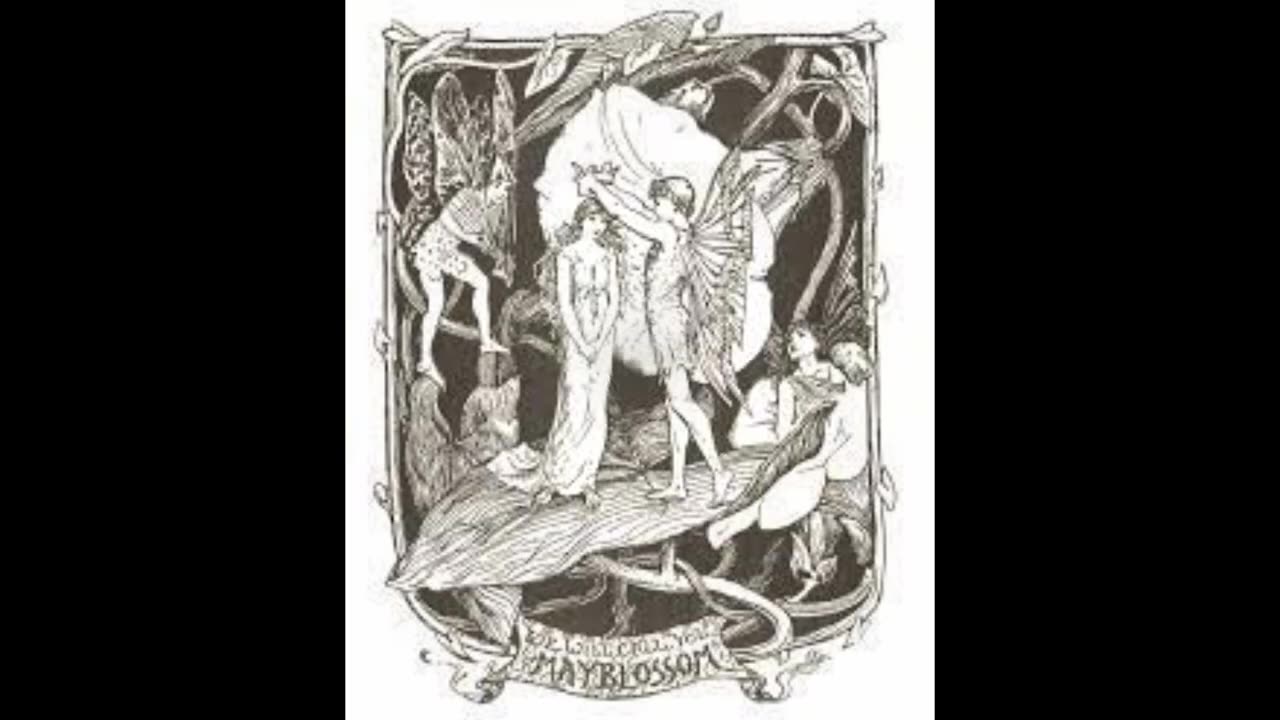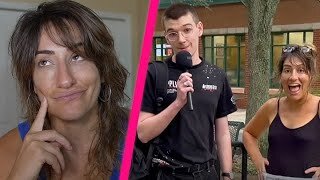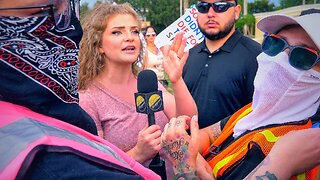Premium Only Content

Fairy Lore
https://solitarypaganism.com/fairy-magick/fairy-lore/
The physical characteristics of fairies vary. Some are tiny, winged, gossamer creatures a few inches tall who can alight on a drop of water and barely make it tremble. Some are dwarfs and “little people” barely smaller than mortals. Others are giants. Fairies are both ugly and beautiful. They are usually mischievous and unpredictable and must be placated by gifts of food and spotlessly clean houses. The superstitious refer to them as “the good people” or “the good neighbors” in order to stay in the fairies’ good graces.
When won over by a mortal, fairies may be very generous with gifts, either material or psychic such as clairvoyance or the ability to heal. Some are evil and malevolent. Many are lascivious and enjoy seducing mortals; some even marry mortals. In general, it is considered bad luck to talk about fairies and their activities. To do so invites a beating from them. As well as instantaneous disappearance of all the gifts bestowed by the fairies. Such as wealth and possessions, and even the fairy lovers or spouses themselves.
Fairies are nocturnal creatures and like to drink, dance and sing. Their music is exquisite. Their color is green, which is also identified with witches. Green clothing perhaps helps them to blend into their forests. Some are said to have green skin. They keep many animals, including dogs, cattle and sheep, which usually are red and white in color. InIrish folklore, cats are regarded as fairies, generally as evil ones. The crowing of cocks drives away fairies, as well as demons.
In the early Middle Ages, fairies were said to be visible to all. As time went on, they acquired more and more supernatural powers and became invisible to all but those with second sight. Fairies who were captured by mortals were said to pine away and die quickly if they could not escape. Mortals who visited Fairyland, an enchanted land beneath the ground, discovered that time passes very slowly for fairies. What seemed like a few days translated into years when the mortals returned to the physical world.
Some fairies were said to suck human blood like vampires. On the Isle of Man, it was believed that if water was not left out for them, they would suck the blood of the sleepers in the house or bleed them and make a cake with the blood. The fairies would then leave some of the blood cake hidden in the house; it had to be found and given to the sleepers to eat, or they would die of a sleeping sickness.
According to British anthropologist Margaret A. Murray and others, real “little people” gradually became identified with witches. In the 16th and 17th centuries, when fairy beliefs were at their height, fairies and witches were often blended together. Both could cast and break spells, heal people and divine lost objects and the future. Both danced and sang beneath a full moon— often together—and trafficked with the Devil. Both could change shape, fly, levitate and cause others to levitate. Both stole unbaptized children and poisoned people. Both stole horses at night and rode them hard to their sabbats, returning them exhausted by dawn. Both avoided Salt and both were repelled by iron. James I of England, in Daemonologie, his book about witches, called Diana, the goddess of witches, the “Queen of Faerie.” Oberon, the name of the King of Fairies, was also the name of a demon summoned by magicians. Fairies were said to be the familiars of witches. It is no surprise, then, that fairies figured in numerous witch trials. Those richest in detail took place in the British Isles.
-
 9:21
9:21
asolitarypagan.com
2 years agoMaking Herbal Salves
1.94K -
 8:10
8:10
WhaddoYouMeme
1 day ago $0.06 earnedChristians, Before You See “Testament”, Watch this!
7.36K4 -
 8:42
8:42
Freedom Frontline
14 hours agoDurbin’s Trump Smear Video Just HUMILIATED Him in the Senate
9.21K1 -
 10:56
10:56
ariellescarcella
12 hours agoThe Shocking Divide Among College Voters Sparks Worry For America
7.57K6 -
 13:09
13:09
Forrest Galante
10 hours agoWildlife Expert Reacts To Deadly Australian Animal TikToks
53.5K5 -
 12:08
12:08
Zoufry
2 days agoThe Mystery of Gaddafi's Final 24 Hours
14.7K11 -
 18:25
18:25
Liberty Hangout
13 days agoAnti-Ice Demonstrators Love Poop!
52.4K68 -
 9:39
9:39
MattMorseTV
16 hours ago $1.14 earnedVance just DROPPED a BOMBSHELL.
45.8K65 -
 23:47
23:47
GritsGG
1 day agoThe Forgotten Best Sniper Support AR!
19.2K3 -
 1:15:48
1:15:48
The Pascal Show
18 hours ago $0.12 earnedMUGSHOTS RELEASED! Emmanuel Haro's Parents Mugshot Released To The Public
14.8K1